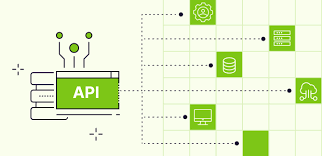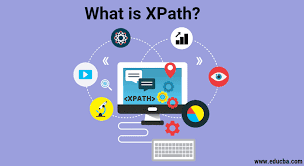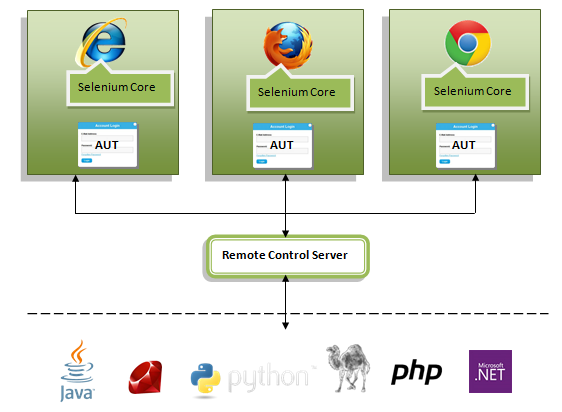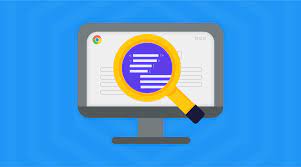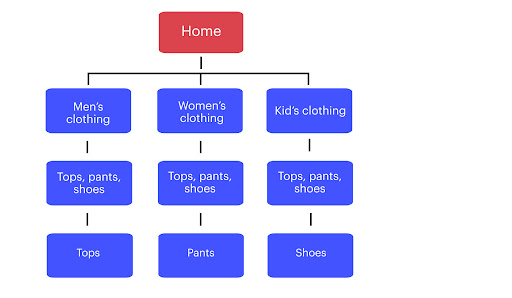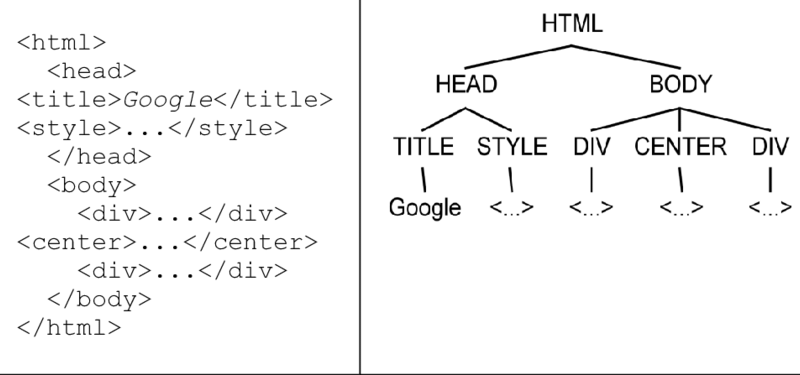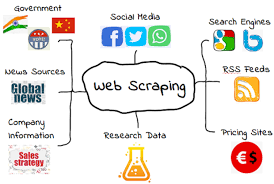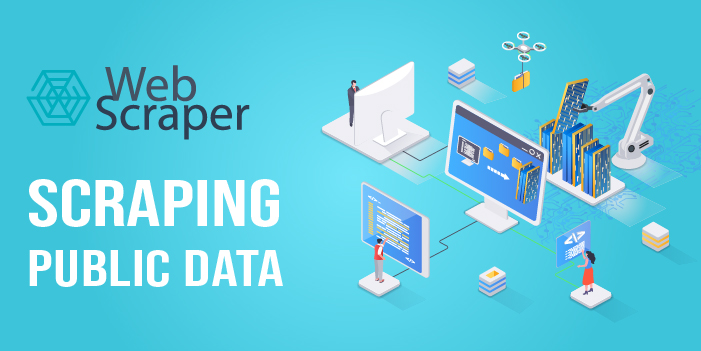04
Oct
Application Programming Interfaces (APIs) play a crucial role in data extraction by providing a structured and programmatic way to access and retrieve data from various sources. APIs allow different software systems to communicate and exchange information. Here's an overview of APIs and their role in data extraction: What is an API?An API is a set of rules and protocols that specifies how different software components should interact with each other. It defines the methods, data formats, authentication mechanisms, and endpoints through which applications can request and access certain functionalities or data from a remote server or service. APIs can be…
